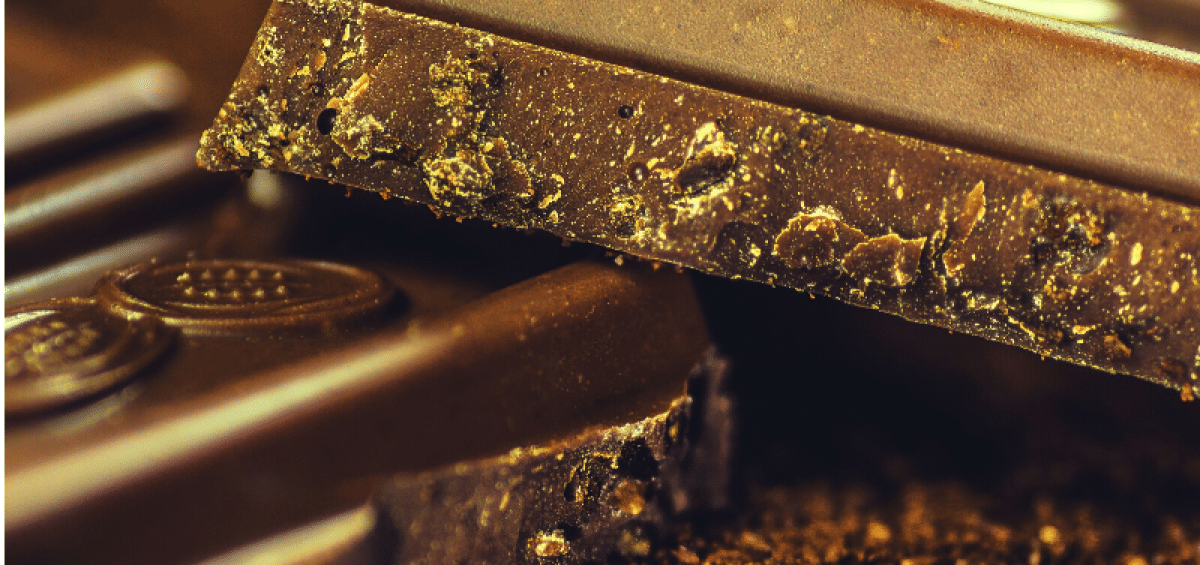It’s 3pm. You’re at work and have a craving for something sweet. Chocolate to be precise. You give in to temptation and get your hands on a bar and start unwrapping the packaging to reveal the delicious treat inside. But wait. What’s that? Your bar of chocolate has a white, powdery-coating on the surface. What to do now? Should you eat it?
Ever found yourself in this situation? Good news, it’s not a sign the chocolate has gone off.
Or moldy.
Or contaminated…
…It’s still edible, hurrah!
White specs are signs of either a “fat bloom” or “sugar bloom,” which are both naturally occurring.
White specs are signs of either a “fat bloom” or “sugar bloom,” which are both naturally occurring.
Fat Bloom = a streaky, often waxy-white coating that forms when liquid milk fats or cocoa butter separate and then move through the chocolate before finally crystallizing on the surface.
It’s linked with temperature fluctuations and mainly occurs in cheaper chocolates that haven’t been tempered adequately (raising and lowering temperature while the chocolate is in a melted state; with the goal to get the fat molecules the same size).
Sugar Bloom = moisture in the packaging draws out the sugars in the chocolate, causing the sugars to crystallize on the surface once dried. Sugar bloom is usually dry and may make your chocolate feel slightly gritty to the mouth. But again, it’s perfectly safe to eat.
What’s the best way to prevent sugar or fat blooms?
The best way to reduce the chance of sugar or fat bloom deposits forming after you’ve purchased your chocolate, lies in how you store it. Storing your chocolate in a stable, cool-dry environment are the optimum conditions for keeping your chocolate in premium condition.
Around 18 degrees Celsius is ideal. So the fridge is actually too cold. You’re better off storing it in the pantry, depending on the type of climate that you live in.
Interestingly, x-ray technologies have captured the actual process of how a liquid fat moves through pores and tiny spaces in the chocolate very quickly here: https://www.sciencemag.org/news/2015/05/x-rays-reveal-how-chocolate-turns-white


